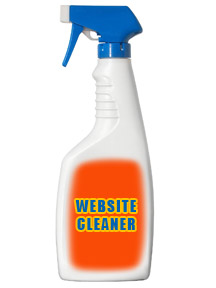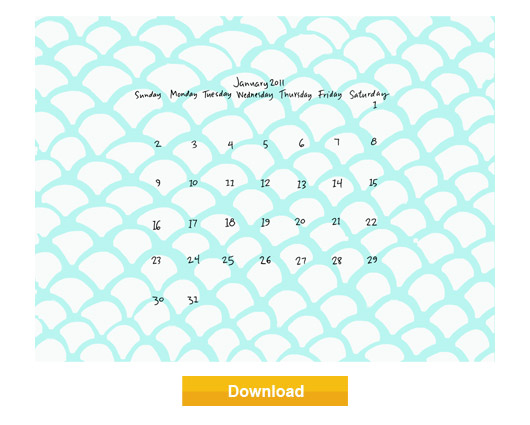10 Things You Need to Know about Making a Magazine Ad
The Perfect Formula for Small Business Ads
Putting an ad in a magazine is not something to be done flippantly. It’s a process that takes some creative thinking and skills to execute properly. Check out these 10 things you should do before you submit your small business ad to a magazine.
1. Don’t Pay for Bad Ads
If you don’t plan to build your ad yourself, you need to know how to hire out appropriately. The best way to find out what your ad should look like is to look at your competition’s ad placements. This will show you a general idea of not only how to design your ad, but where to place it. Work with an ad designer that is willing to work with you right back. This means being willing to tweak and adjust an ad to your liking without charging you for a “re-do.” Reputable ad and graphic designers will offer you a few different layouts and help you decide which final copy is right for your advertisement.
2. Understand the Market
Try your best to place your ad in a magazine that relates to your product or service. You’ll notice that anymore, magazines are not composed of an eclectic selection of advertising; rather, the advertisements work very well with the written content. Make sure you’re submitting your ad to the magazine that will generate the most leads. Also, know that about 10% of people who read a magazine will look at your small business ad, so it should never be considered your main or only source of advertising.
3. Headlines that Stand Out
Even if you’ll only draw about 10% of magazine viewers to your page, do your best to engage that percentage. Develop a great headline that entices your readers to become interested in the product or service your small business is trying to sell. Read more to learn about creating headlines that sell.
4. Sub-headlines to Say More
You need to leave the headline space to write something catchy, not lengthy. If you need more room to promote your small business ad, create a sub-headline. You’ll have some more room to flex your text, without taking away from or clouding up the important message in the headline.
5. Individuality
You may only have a page (or even less) to tell your potential clients about your product. Right after the headline, the reader should be able to learn more about what makes your small business design unique. Make sure your ad mentions why your product or service stomps the competition! Do you offer free shipping? Do you have a coupon code? Make sure to let readers know what makes your small business great.
6. Style
Taking the time to create (or paying someone to create) a jaw-dropping, eye-catching ad is great, but don’t go too far. Statistics show that ads that look more like they’re part of the magazine are more likely to be read. Put your focus on the content first, but make sure the style has that kind of technical and professional feel.
7. Call to Action
It should be listed clearly and carefully: the way interested patrons can contact you or get to your website to learn more. This does not mean your ad should leave a viewer hanging, having to go online to learn exactly what it is your selling; ads should never be vague. It simply means that after you’ve described your small business service or product, all the necessary contact/website information is listed. Never use those techniques where you entice people to read a indistinct, yet interesting ad about a product or opportunity, only to fail to deliver any real information about the product. These ads do not generate sales. These sales techniques are best left for the late-night infomercials.
8. Visual Media
When we want to design an ad to submit to a magazine, we often fuss about the placement of a picture, logo or other graphics. The placement of visual media is listed at number eight, because although the rest of the list is not in any particular order of importance, pictures are simply not that important. Just remember that your logo or any photos should be at the top of the ad, not take up the entire page and should not be the focus. Pictures should not take away from the text.
9. Proximity
It is important that you design an ad that can be flawlessly placed in a newspaper or magazine, but be versatile enough to be looked at on a smart phone. People do still have magazine subscriptions, but more people are using their smart phones to flip through virtual pages. Design a small business magazine ad that looks good on a smart phone. Have good image sizes and use your white space efficiently, leaving enough room for a reader’s eye to catch a break.
10. Proper Etiquette
Of course the standard spelling and grammar laws apply to creating a magazine ad for your small business, but don’t forget about proper formatting. Spellings and abbreviations are evolving, but are still not proper for a magazine advertisement. For example, not proper: TXT instead of Text. “At” should never be replaced with the @ symbol, unless specifically listed as an e-mail address.
There you have it: 10 things you need to do before you submit an ad to a magazine. Follow the 10 steps above for making a magazine ad for your small business and get the most out of your purchased ad space.





